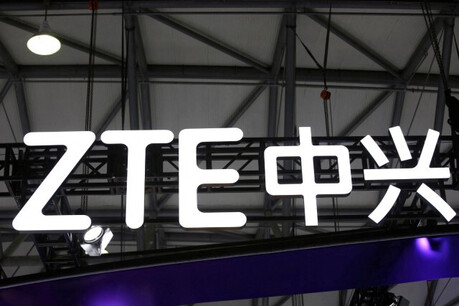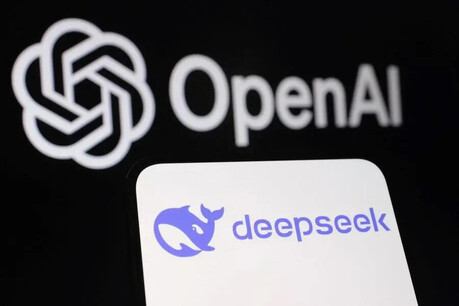
SEOUL, South Korea – Samsung Electronics has unveiled the second generation of its proprietary generative AI model, Samsung Gauss 2, at the Samsung Developer Conference Korea 2024. The advanced AI model is designed to handle multiple data types simultaneously, offering enhanced capabilities in various applications.
Samsung Gauss 2 is a multimodal model capable of processing language, code, and images. Unlike its predecessor, Samsung Gauss 1, the new model is designed to be more versatile and efficient. It comes in three variants: Compact, Balanced, and Supreme, each tailored to specific use cases. The Compact model is optimized for on-device applications, the Balanced model offers a balance between performance and speed, and the Supreme model is designed for maximum performance.
The Balanced and Supreme models have demonstrated performance on par or better than existing open-source generative AI models in tasks such as generating text in multiple languages and coding. Samsung claims that these models can process information 1.5 to 3 times faster than previous models, reducing user wait times and improving overall efficiency.
Samsung Gauss is already being used in various internal applications at Samsung. The coding assistant, CodeAI, has been upgraded to use the Samsung Gauss 2 model and is now being used by approximately 60% of software developers in the DX division. The conversational AI service, Samsung Gauss Portal, assists employees with tasks such as document summarization, translation, and email drafting. Samsung has also integrated Samsung Gauss into its customer service operations to automate tasks such as call classification and summarization.
"Samsung is focused on acquiring the latest software technologies such as AI and data analytics to create new lifestyles and improve customers' lives," said Kyunghoon Jeon, CTO and Head of Samsung Research. "With Samsung Gauss 2, we aim to enhance productivity and gradually apply it to our products to provide more convenient and differentiated customer experiences."
[Copyright (c) Global Economic Times. All Rights Reserved.]






























